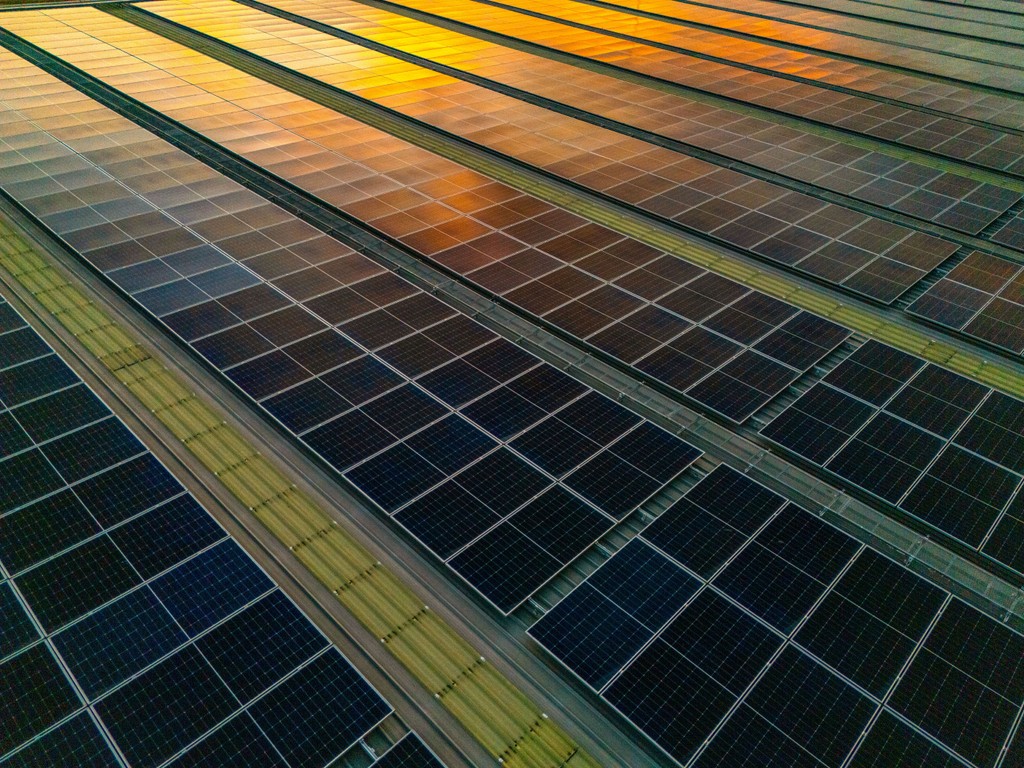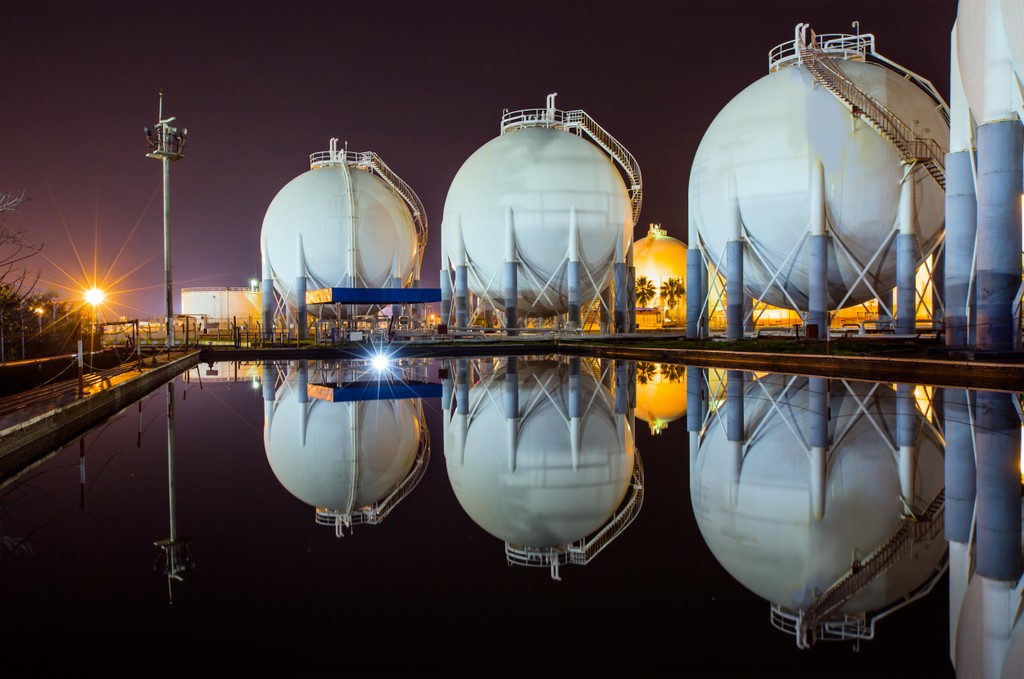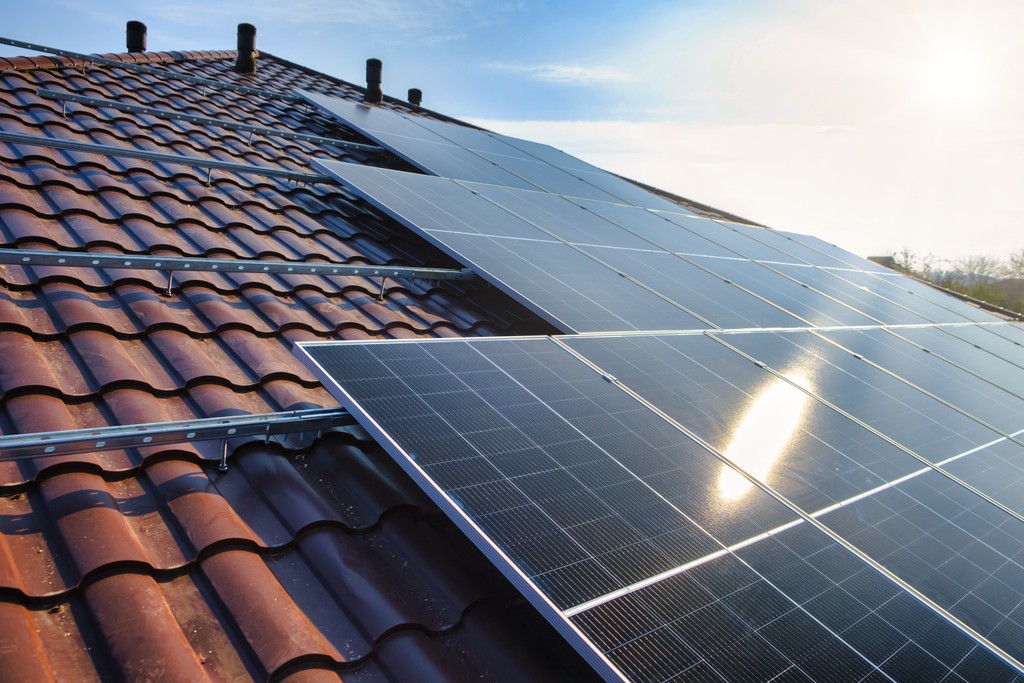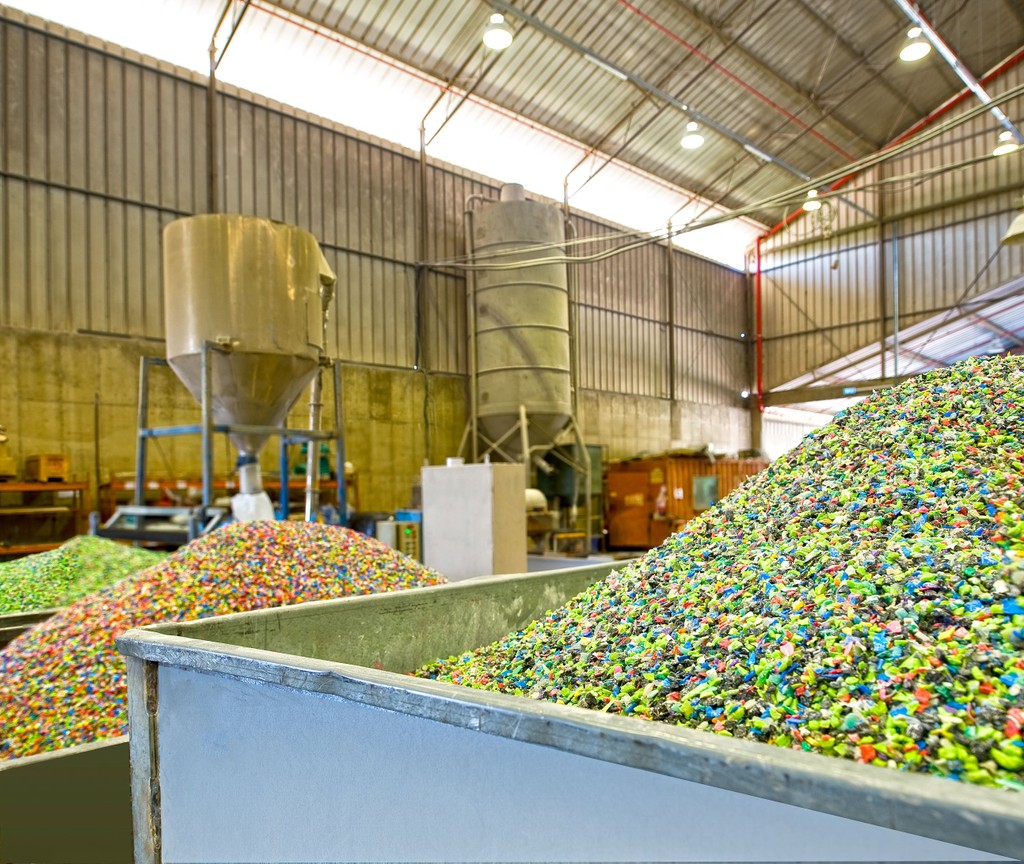Angus McCrone
Chief Editor
BloombergNEF
Below are a set of predictions from BloombergNEF for what the year 2020 will bring for the low-carbon transition in energy, transport, commodities and sustainability.
One connecting thread is that companies and investors are more committed to a cleaner future than ever before, but governments still have the capacity to accelerate – or impede – that process. This year, the U.S. presidential election in November will have major implications for the speed of decarbonization globally. COP26, to be held in Glasgow at the end of this year, will too, if it succeeds in prompting countries to focus on how they will get to ‘net zero’ emissions by 2050.
Politics in developing countries are becoming more important, particularly for renewables. Recently, two Indian states have toyed with introducing retroactive cuts in tariffs for wind and solar, and in Mexico President “AMLO” is considering scaling back the previous government’s commitment to clean energy projects. As parts of Europe demonstrated in the early 2010s, this sort of action can wound investor confidence – and slow the pace of deployment.
Perhaps more than ever before, climate change itself has the power to influence the urgency of the political push to address it. Events like Superstorm Sandy on the U.S. north-eastern seaboard in 2012 or the Australian bushfires in recent weeks have had effects on the debate in developed economies. Might 2020 be the year when a major developing country emitter is visited by a climate event that prompts greater urgency from its policy-makers?
One other thing before I list BNEF’s 10 Predictions for 2020, and that is a quick recap. We did respectably with our crystal ball gazing a year ago, correctly predicting that the world solar market would grow despite a fall-back in China, that oil prices would firm, and there would be a further year of growth in LNG demand. We were right to say global EV sales would rise by less than they did in 2018 but wrong to say that this would still be 40% (it is likely to have been just 10% or so). We were a little too pessimistic about clean energy investment in 2019. If you want to revisit last year’s predictions, they can be found at this link.
Please take the following predictions for 2020 with what they deserve – a large pinch of salt:
1. Investment in renewables
In 2019, global investment in renewable energy capacity came in at $282.2 billion, up 1% from 2018, according to the latest figures published today by BNEF. The modest rise owed much to a late surge in offshore wind deals, and came despite lower costs for wind and PV equipment and a sharp cooling in the previously red-hot Chinese solar market.
This year, I expect world renewables capacity investment to edge a little higher once again, reaching about $300 billion. It will be helped by increased financing of European offshore wind, further strong flows into U.S. wind and solar, and more widespread deployment of projects without any long-term power price support set by governments. Some of these points, and others, are discussed in the wind and solar sections below.
In terms of new generating capacity, there is a sporting chance that in 2020 the sum of wind and solar additions could exceed 200 gigawatts – if so, the first year in which this has happened.
– Angus McCrone
2. Wind
We expect a record year of wind installations in 2020, driven by a towering 69GW of new onshore capacity – up from 55.3GW in 2019. The countries seeing a surge in onshore installations will include the U.S. as the tax credit regime moves toward expiry, China, Sweden, Norway and Spain.
In offshore wind, by contrast, we expect a downward blip in capacity additions in 2020 to follow 2019’s record year, before they accelerate again for the rest of the decade. To feed our near-term offshore wind pipeline, we expect a bumper year of new-build investment volume in 2020; including gigawatt-scale projects off the U.K., the first commercial-scale financing in the U.S., and a rush to build in China. This year could also see the commercial debt market lend to a floating wind project for the first time, with developers of over 100MW of floating capacity in France seeking a final investment decision.
In 2020, the 5MW Tuno Knob project off Denmark will celebrate its silver anniversary. After spinning for 25 years, the 10 machines of 500kW each could be set for retirement. Or they could prove to be a test bed for extending the life of offshore wind farms. Meanwhile, we expect that, in the race to produce the biggest wind turbine, we will see MHI Vestas release a new giant machine to leapfrog GE and Siemens Gamesa.
– Tom Harries, head of wind
3. Solar
We expect the global solar market to grow about 14% in 2020 in new installed capacity terms, to somewhere in the middle of the 121-154GW range (from about 121GW in 2019), with many projects now being built without direct subsidy. In Europe, about 4.7GW of solar projects with short-term power contracts or selling directly to the merchant power market will be built in 2020, up from 1.3GW in 2019, the year this market kicked off. In China, a year of rebounding growth will partly reflect “subsidy-free” PV projects that receive a feed-in tariff set at the current local price of coal power.
Despite that, we expect consolidation among the roughly 300 solar manufacturers active worldwide. This may include some bankruptcies among Chinese firms that are not being paid by their customers, which in turn are not being paid promised subsidies by the Chinese government. Manufacturers will, however, continue to push to make better, cheaper products including bifacial solar modules and products using “big wafer” cells.
– Jenny Chase, head of solar
4. Energy storage
Over $5 billion of deals will be announced in 2020 for renewables-plus-storage projects globally. Falling energy storage costs, coupled with the ongoing adoption of renewable energy in key markets, will encourage co-location at an unprecedented rate. Solar-plus-storage is now increasingly common in the U.S.: NextEra – a major U.S. electricity company – had a 50% attachment rate for energy storage as part of its new solar pipeline in 2019. The U.S. is leading the way largely because of the country’s policy mechanisms. Companies can benefit from the federal Investment Tax Credit (ITC), which offers a credit of up to 26% for solar-plus-storage projects. Congress’s failure to pass a similar bill for standalone energy storage in December 2019 cements the bond between the two technologies. Although the ITC brings forward the competitiveness of solar-plus-storage by around five years, the U.S. is not alone. In China, developers are testing renewables-plus-storage projects in response to expected stricter grid integration requirements.
Activity has been more muted elsewhere, but projects are also popping up in Europe, the Middle East and Africa. In Europe for instance, there have been a handful of examples where batteries are being used to reduce renewable energy curtailment while also helping the developer to receive policy support such as feed-in-tariffs and renewable energy credits (RECs). Expect these announcements to increase in size and frequency.
– Logan Goldie-Scot, head of clean power research
5. Electric vehicles and autonomous driving
By the end of 2020, there should be 10 million EVs on the road, up from just 1 million in 2015. This will be a remarkable milestone, but sales growth is slowing in several markets as direct purchase incentives are phased out. We expect global passenger EV sales to come in at around 2.5 million for 2020, up about 20% from 2019. China will still be the largest EV market in absolute terms, but the gap between China and Europe will look a lot smaller by the end of the year.
There will continue to be an oversupply of credits in China’s New Energy Vehicle credit system, which means growth will have to come in large part from government and public sector purchases and from cities with combustion vehicle restrictions. Watch for an even stronger push on electrification of taxis, shared mobility services, and light commercial vehicles. We expect Chinese passenger EV sales to be 1.2 million for the year, allowing that country to hit its target of 5 million EVs on the road by the end of the year. Tesla’s newly opened factory in Shanghai should contribute around 150,000 to the total and make life difficult for China’s home-grown EV startups.
2020 will be a breakout year for EVs in Europe. Most automakers are on track to miss their 2020-2021 fleet-wide CO2 targets and will need to sell significantly more plug-in vehicles than the 500,000 they moved in 2019. We expect European sales to come in just over 800,000, with growth especially strong in the second half of the year as VW ramps up production of the ID.3. Watch sales in the U.K. and Germany in particular.
Sales in North America will likely be flat again at just under 400,000. Other than Tesla’s upcoming Model Y, there are few new high-volume models hitting the U.S. market in 2020. The biggest thing to watch there will be the presidential elections; if a Democrat wins, more stringent national fuel economy regulations will almost certainly follow in 2021. If the Trump administration prevails, U.S. EV growth could well continue to fall behind Europe and China, despite California’s best efforts, particularly if automakers assume that the Trump vehicle efficiency standards will withstand a barrage of legal challenges.
Most importantly, 2020 will provide further evidence that sales of internal combustion passenger vehicles have likely already passed their peak. We expect the combustion vehicle market to fall slightly again this year.
In autonomous vehicles, we expect technology developers to continue gradually to expand the geographical spread of their public road testing programs. We also expect to see more focus on non-car vehicles such as street-cleaners, urban delivery vehicles, and long-haul trucks. The technological barriers to developing AV technology for such application-specific vehicles is lower than for passenger vehicles. And the higher daily utilization rates of such vehicles makes a better financial case for full autonomy.
– Colin McKerracher, head of advanced transport
6. Liquified natural gas
Global LNG imports surged 13% in 2019, adding 40 million metric tons per annum (MMtpa), to reach 351MMtpa, based on Bloomberg’s LNG berth-visit estimates. Such growth was primarily supply-driven, but would not have been done without Europe, which alone received 37MMtpa more LNG than the previous year. The majority of the growth was a price-elastic demand response to oversupply and achieved on historical low spot prices. Low LNG prices and supporting carbon prices made possible a large amount of coal-to-gas switching, with LNG replacing pipeline gas in Europe. The response from Asian demand was muted, while the rest of the world reduced their imports of LNG.
In 2020, oversupply will continue, but will likely be less. A slower ramp-up of U.S. projects is expected due to technical challenges at some of the recently commissioned ones. Project owners may push less aggressively on production output at legacy plants and could take the opportunity to run larger maintenance works.
We expect global LNG imports to expand modestly compared to 2019, adding 20MMtpa to reach about 370MMtpa. Unlike 2019, when the majority of the incremental supply landed in Europe, in 2020 Asia and Europe will probably share it. Growth in demand from China, South and Southeast Asia will slow, while consumption in Japan and South Korea will be stable rather than down.
In Europe, coal-to-gas switching will remain a key driver of further LNG demand growth. As coal prices have already fallen about 40% from the beginning of 2019, to $50-60/t, LNG prices in 2020 need to fall further from 2019 levels to trigger the next round of fuel switching and realize the required volume potential to balance the global market.
– Maggie Kuang, head of LNG
7. Big oil
Big oil producers buckled to investor and consumer pressure in 2019 and began to set targets to reduce their emissions.
Companies like BP, ConocoPhillips and Eni limited the scope of their targets to emissions from operations, a small share of their overall carbon footprint. But Royal Dutch Shell, Total and Repsol set ambitious targets to include emissions from their products, such as the gasoline they sell at refuelling stations. Repsol was by far the most ambitious, targeting net zero emissions by 2050.
We expect that the trend toward all-encompassing emission reduction targets will continue in 2020. Laggards such as the U.S.’s ExxonMobil and Chevron will face pressure to catch up with their rivals across the Atlantic, while Europe’s Equinor and BP may extend their targets to include emissions from their products, like some of their regional competitors.
We expect to see more oil company takeovers of, and investment in, digital and renewable technology projects. This includes more solar-powered refineries and wind-powered offshore oil platforms, which will help big oil to reduce their direct emissions. We also expect a further push into consumer-facing technologies to help big oil reduce the emissions of their oil products.
– David Doherty, specialist, oil markets
8. Battery metals
2020 promises to bring an important benchmark for the viability of nickel refining in Indonesia. Tsingshan Holding Group’s high-pressure acid leaching (HPAL) Morowali project with GEM Co. and China Molybdenum Co. is set to achieve final environmental permitting and trial production by the end of the year. Tsingshan stunned the industry with the project’s accelerated timeline and low costs. Skeptics are not convinced – yet.
We see lithium hydroxide spot prices staying at around $7,500-$8,000/t, and lithium carbonate around $7,000/t in 2020, with more upward pressure than downward pressure. Major producers, notably Albemarle and producers in Australia, have scaled back capacity expansion plans enough to bring the lithium resource market back into balance. Challenges over developing new lithium chemical conversion capacity outside of China, as well as new capacity in China under development by non-tier 1 producers, means the hydroxide market is likely to stay tight.
Cobalt prices have experienced a three-year rollercoaster, starting 2017 at $32,734 a metric ton, rising as high as $95,000 in March 2018, and visiting $25,000 last summer. Due to the furloughing of Glencore’s Mutanda asset starting in 2020, we expect the global cobalt market to come back into balance in 2020, which will help to support a slight recovery in prices – but not another surge. ‘Ethical’ sourcing requirements may also help to insulate cobalt prices from downward pressure should ‘artisanal’ or unverified supply surge in response to higher prices.
– Sophie Lu, head of mining and metals
9. Sustainability
By the end of 2020, the number of companies that have set science-based decarbonization targets will have jumped by well over 100% from 2019’s total of 754. Signups to the Science Based Target initiative have doubled every year since it started in 2015, and 2020 will be an extra-big year thanks to the many companies with expiring 2020 targets. The combined market capitalization by 2020 will exceed $25 trillion, compared to $14.5 trillion today. This is because improvements in the methodology developed by the Science Based Target initiative will make setting a target easier, bringing in more small companies. At the same time, expansion of the methodology to more and more sectors will bring in some new big fish – most notably from the finance sector, where demand is strong and institutions impatient.
The Science Based Targets initiative has developed a methodology that maps carbon emissions reductions required to stay below two degrees Celsius (and now also below 1.5 degrees C) onto individual companies. This matters because carbon targets are typically set from the company’s perspective, based on what that company thinks it can achieve. Science-based targets flip that around, providing a benchmark for what the company should do in order to play its part in staving off the worst global warming. Because setting (and acting on) a science-based target therefore theoretically eliminates climate transition risk for a company, by the end of 2020 investors will start asking companies why they have not set one.
– Jonas Rooze, head of sustainability research
10. Circular economy
In 2020, continued progress on the circular economy will cause scrap plastic prices to rebound to pre-2018 levels. It has now been two years since China announced that it would stop importing low-quality plastic waste, throwing the recycling and scrap markets into turmoil. After losing the market’s biggest buyer, prices for scrap plastics, even clean, well sorted bales, fell. Scrap dealers and waste-management companies were left with the choice of sending it to landfill or to waste-to-energy plants, or storing the material.
However, we are starting to see signs of recovery in the market. Facing increasing public outcry over the plastic waste crisis, consumer companies like Coca-Cola, Unilever and McDonald’s put targets in place to increase the amount of their packaging made from recycled materials. Most of these commitments come due in 2025, giving the companies and their supply chain little time to find suppliers. As a result, the price for ‘natural’ (undyed) high-density polyethylene, a material commonly used for shampoo bottles and other rigid packaging, has climbed above the spot price for new material ($0.81 per kilogram) to reach $1.02 per kilogram, up from $0.84 last year. With new companies announcing targets every day, this trend should spread to other plastics.
– Julia Attwood, head of advanced materials
Well, there are BNEF’s 10 predictions for 2020. We have already pontificated about the change in the decade and what that might mean for the energy and transport transition, for instance in my piece from October, and Michael Liebreich has given his view in this article. The decadal issues, and those of 2020 discussed above, will be debated at our New York Summit in April, and other BNEF Summits during the year in Europe and Asia. For more information, see here.
It only remains to wish all BNEF’s clients and readers a happy and prosperous new year!






